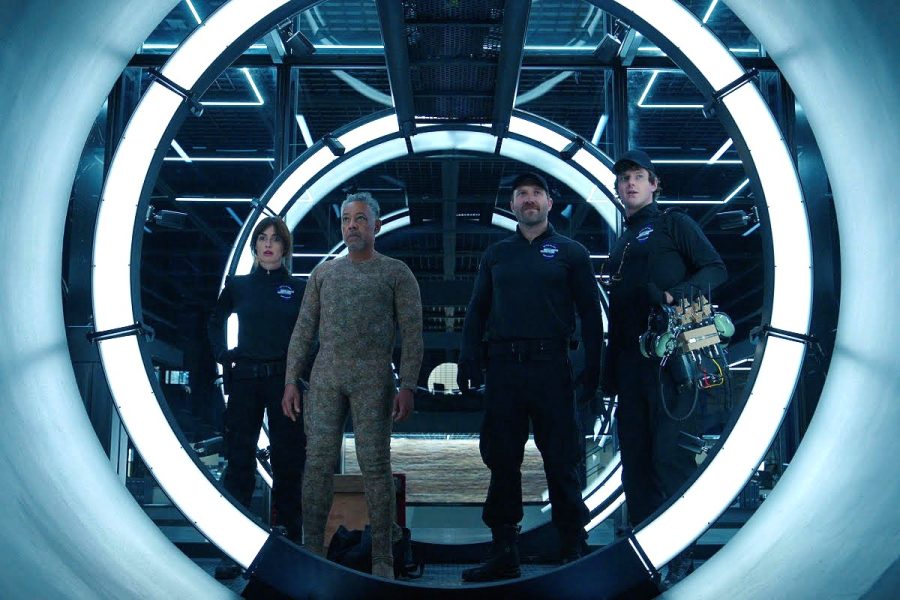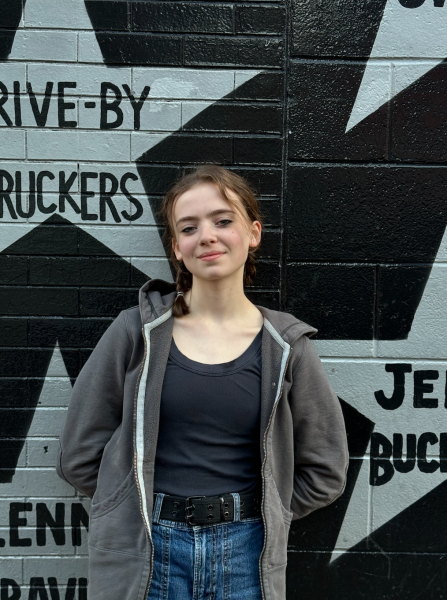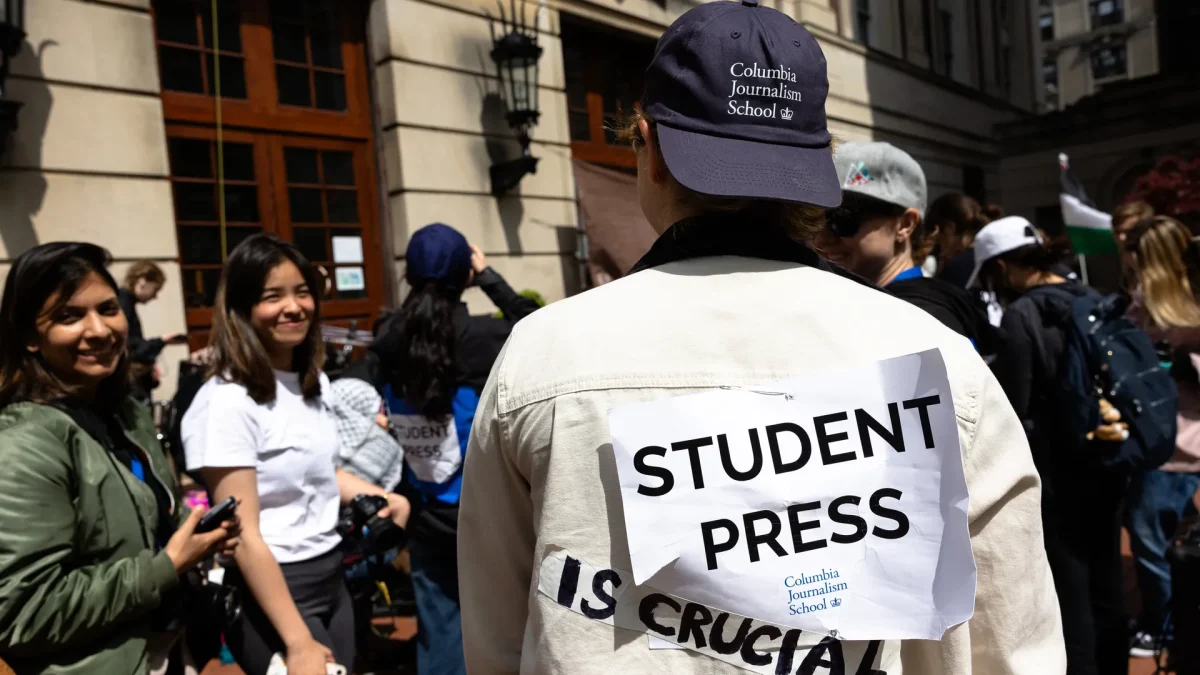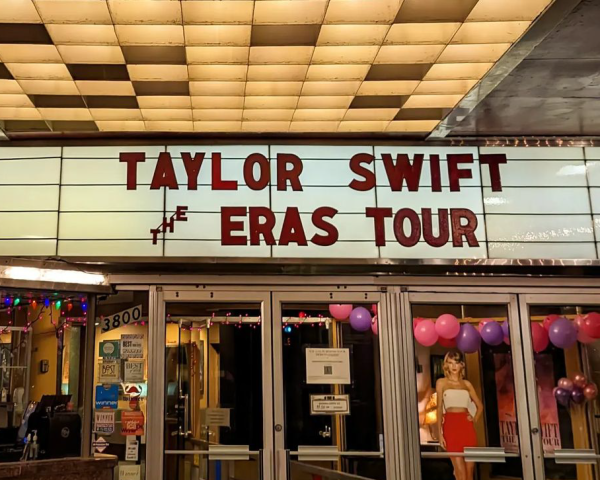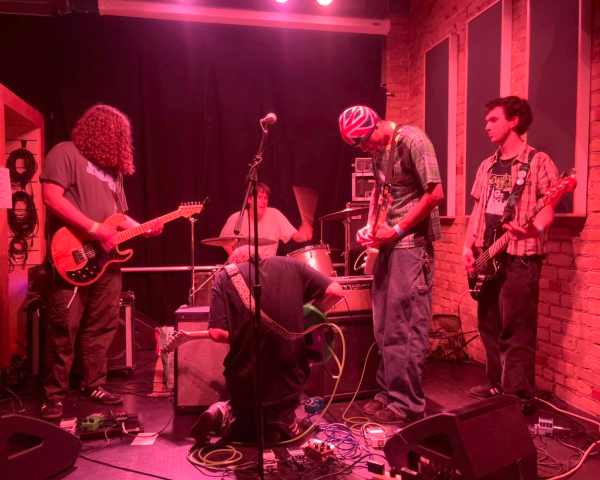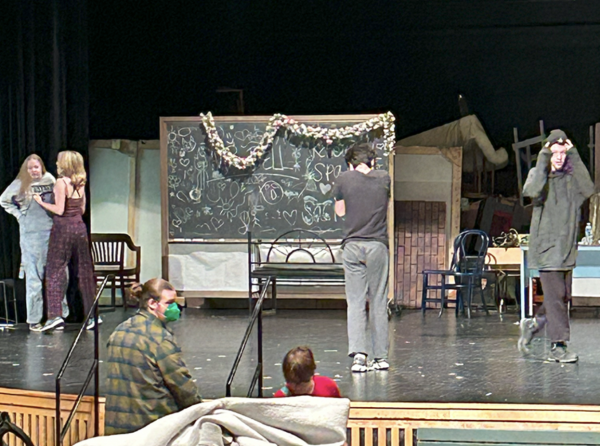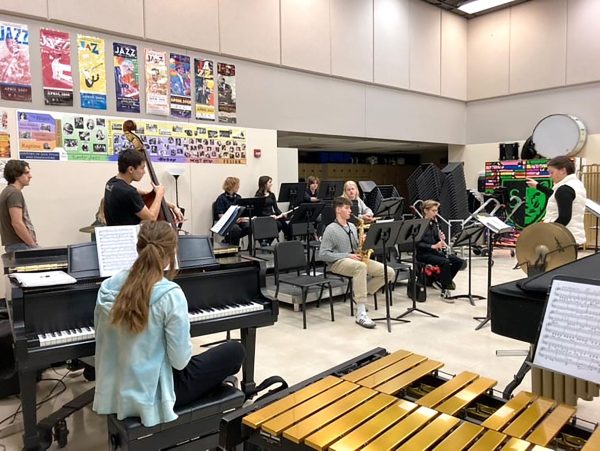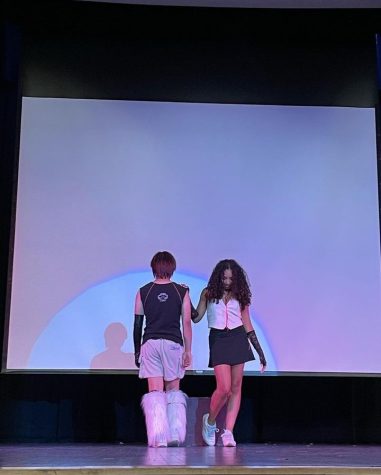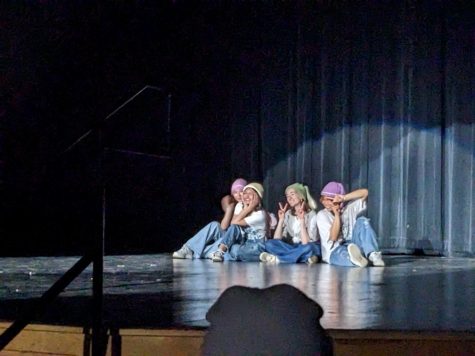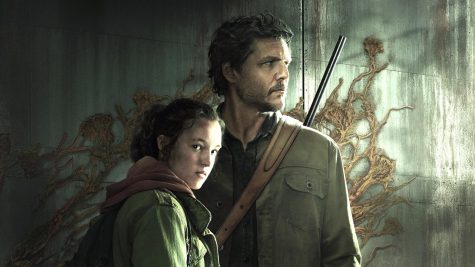Kaleidoscope, a new ‘choose your own adventure’ show; how do you make novelty work?
Audiences have always loved to see creators trying something new. ‘Kaleidoscope’ is a heist show that lets you watch its 8 episodes in any order that you’d like. It follows a trend of more and more creative and innovative film concepts being released.
January 30, 2023
Kaleidoscope is an interactive show recently released by Netflix, meaning it’s just like the ‘choose your own adventure’ books you read as a kid; you can watch the show in any order you’d like. This show follows a trend of different media experimenting with novelty creations, and it begs the question, how do you make novelty work?
The gimmick of ‘Kaleidoscope’ is that you can watch the 8 episodes in any order you’d like. The show follows Leo Pap and his group of colleagues completing a heist years in the making. Each episode takes place during a different part of the heist: seven years before [green], six weeks before [yellow], 24 years before [violet], three weeks before [orange], five days before [blue], the day after[red], six months after [pink], and the heist [white]. I think the show’s objective was done with varying levels of success, but it’s certainly an interesting idea, and it succeeded in growing a following of people excited to watch.
I’m not sure if the concept ‘Kaleidoscope’ is trying to achieve is as well done as it could be. The show focuses so much on making its gimmick work, that it leaves out crucial information from each episode and it just comes off as confusing. Having finished the show, I think the easiest watch order would be chronological; which defeats the purpose of the show. For this show to work, every episode needs to both: explain the plot yet keep the watcher guessing. ‘Kaleidoscope’ does have moments of achieving this, however fails to give watchers enough context to follow along. The high points of the show were the morally questionable characters and the clues and hints throughout the plot. The show should have focused more on the features it does well rather than overdoing the mystery aspect.
Audiences have always loved to see creators trying something new. When art diverts the expectations of its viewer it tends to stick with them more. For example the ‘choose your own adventure’ concept that ‘Kaleidoscope’ is based on started with a successful books series made in 1976 by R. A. Montgomery. They let readers make choices to change how the book progressed. Another example is the 1985 board game to movie adaptation,‘Clue’, which has 3 different endings that watchers have to digest as if they were playing the boardgame themselves. This keeps the audience guessing and invested in the watching experience. The movie didn’t do great in its initial release but found an audience later on and became well loved for its creative premise. People like when media pushes the envelope, and even when it doesn’t deliver, the creative endeavors can be appreciated.
More recently, Netflix released an interactive film in 2018 called ‘Black Mirror: Bandersnatch’. It allowed viewers to decide how the film would progress with interactive questions. What works better with this style is that it ensures that the viewer understands and follows the plot whilst still making its feature work. Admittedly this would require much more effort and time than most filmmakers are capable of and would require a much bigger budget. A project like this is not an accessible venture for every filmmaker, but something like ‘Kaleidoscope’ could be. A premise like this would allow for a somewhat similar experience but would be more feasible for a majority of filmmakers. While ‘Kaleidoscope’ didn’t quite hit the mark, it can be appreciated for its creativity and effort towards trying something new in film media.

